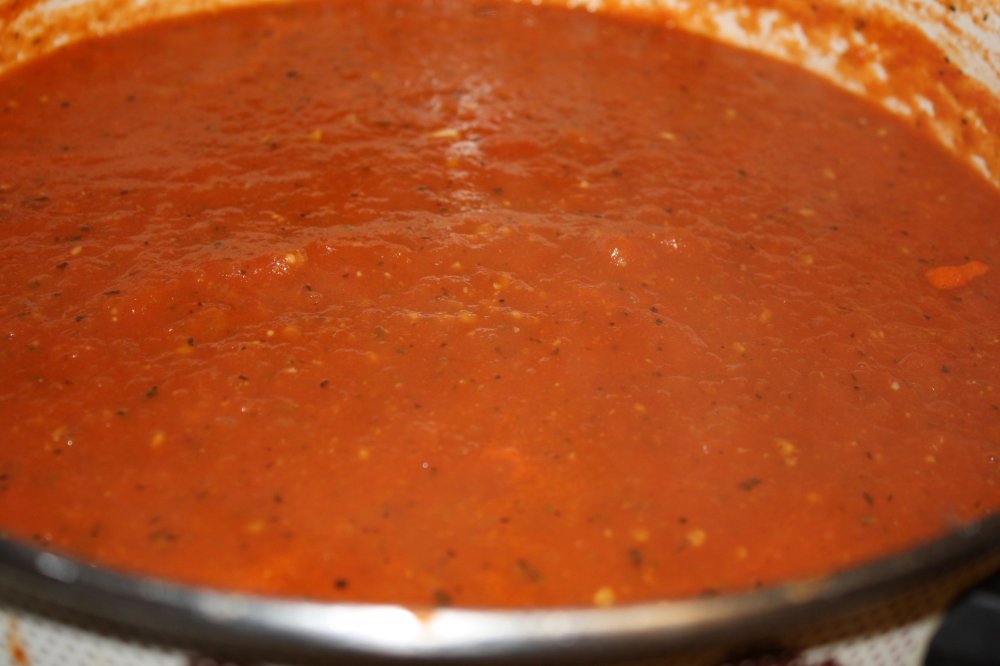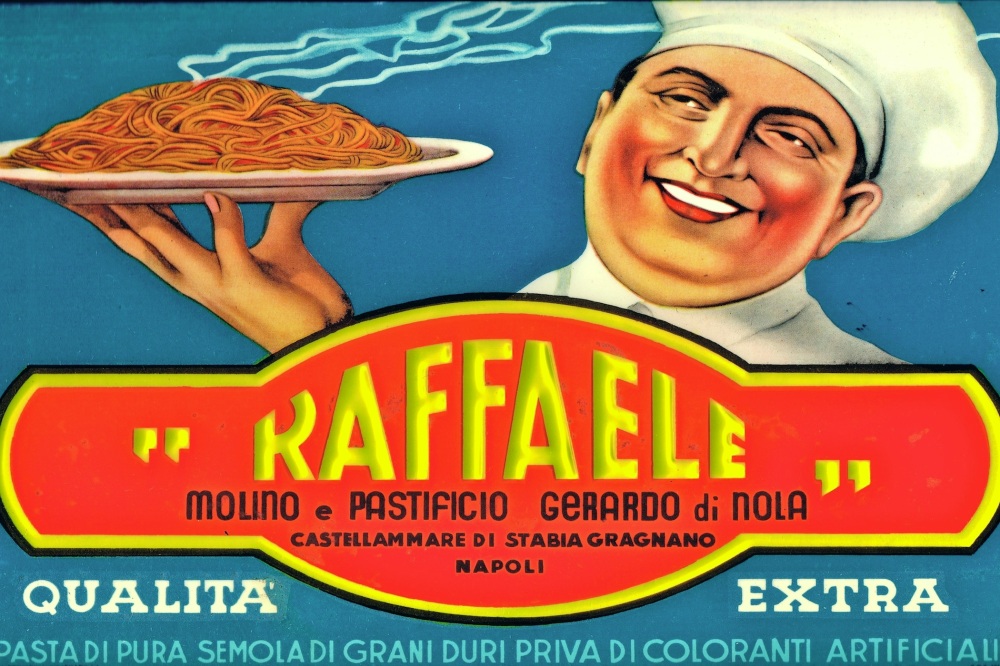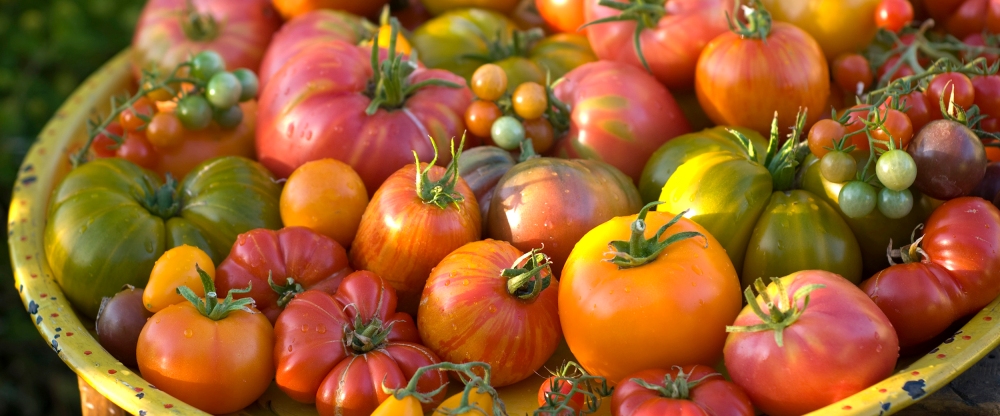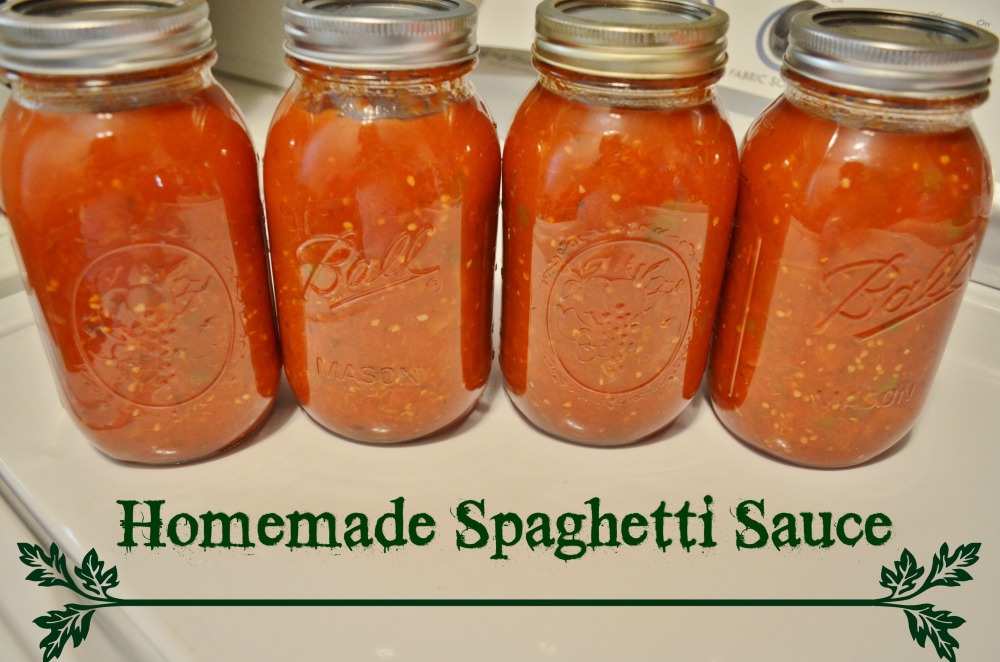 Spaghetti or pasta with tomato sauce, also known as marinara, is a staple of southern Italian cookery or almost anywhere that southern Italians live today. However, spaghetti with marinara hasn’t always been a pillar of southern Italian cuisine. It’s actually a relative newcomer. Let’s briefly touch on pasta.
Spaghetti or pasta with tomato sauce, also known as marinara, is a staple of southern Italian cookery or almost anywhere that southern Italians live today. However, spaghetti with marinara hasn’t always been a pillar of southern Italian cuisine. It’s actually a relative newcomer. Let’s briefly touch on pasta.
Once upon a time every school child both in Italy and the United States learned that Marco Polo brought noodles back with him from China and that’s how the Italians got spaghetti. As we have explored in a previous blog, this is almost certainly wrong. Oh, he might have brought them back, but pasta very much along the lines of today’s pasta was being made and used in Sicily before Marco Polo was born. Besides, Chinese noodles are made very differently. There are a number of stories about the origins of tomato sauce or marinara–invented by sailors, made by sailors’ wives when they returned home, etc. but I suspect these myths are largely far-fetched.
There are a number of stories about the origins of tomato sauce or marinara–invented by sailors, made by sailors’ wives when they returned home, etc. but I suspect these myths are largely far-fetched.
Since tomatoes are a product of the New World clearly they can’t have arrived in Italy (or Sicily) prior to the 15th century. The earliest recipe for tomato sauce that I’ve been able to find referenced is in Antonio Latini’s 1692 cookbook, Lo scalco alla moderna. The earliest recipe for tomato sauce with pasta was apparently in Roman Chef Francesco Leonardi’s 1790 cookbook, L’Apicio moderno. I haven’t been able to uncover the details of these early tomato sauce recipes. They don’t seem to be online either in the original or in translation. All of the early recipes I’ve been able to discover closely resemble Escoffier’s sauce tomate: a sauce employing a roux and containing salt pork and tomato puree and seasoned with bay leaf and thyme. This sounds more like the sauce called “tomato gravy” by Italian Americans than like marinara.
I haven’t been able to uncover the details of these early tomato sauce recipes. They don’t seem to be online either in the original or in translation. All of the early recipes I’ve been able to discover closely resemble Escoffier’s sauce tomate: a sauce employing a roux and containing salt pork and tomato puree and seasoned with bay leaf and thyme. This sounds more like the sauce called “tomato gravy” by Italian Americans than like marinara.
None of this really reveals where the idea for marinara actually came from. I’ve found a number of medieval recipes that closely resemble Escoffier’s sauce tomate, made with figs, prunes, or apricots instead of tomatoes. Could these be the antecedent of marinara? I have read accounts that claimed that prior to the invention of marinara sauce, Italians ate their pasta dry, without sauce. I’m skeptical. I think that aglio e olio (pasta prepared with a sauce of olive oil and garlic) goes back as far as pasta itself. We know that the ancient Greeks were dipping their bread in olive oil more than two millenia ago. Why would eating pasta with olive oil from a trencher be so far-fetched? Among the oldest recipes in the Western world is a Roman recipe for pesto—herbs pounded in a mortar and pestle with garlic and olive oil—which they apparently used to flavor their porridge. I’m betting that pasta al pesto is pretty old, too.
I have read accounts that claimed that prior to the invention of marinara sauce, Italians ate their pasta dry, without sauce. I’m skeptical. I think that aglio e olio (pasta prepared with a sauce of olive oil and garlic) goes back as far as pasta itself. We know that the ancient Greeks were dipping their bread in olive oil more than two millenia ago. Why would eating pasta with olive oil from a trencher be so far-fetched? Among the oldest recipes in the Western world is a Roman recipe for pesto—herbs pounded in a mortar and pestle with garlic and olive oil—which they apparently used to flavor their porridge. I’m betting that pasta al pesto is pretty old, too.
The earliest recipe for spaghetti and tomato sauce I’ve been able to discover is from 1839. The first American cookbook dating back to 1924, contains a recipe for tomato sauce that’s very much like marinara . In the commentary it characterizes the sauce as “good with Italian Paste”, i.e. pasta. It wasn’t until the 1920s that spaghetti and tomato sauce became commonplace in the United States. So, let’s summarize:
So, let’s summarize:
We don’t know when Italian-style pasta was invented or by whom. Sometime before 1100 and with Arab influence is a good summation.
We don’t know when marinara was invented or by whom. Certainly no earlier than the 16th century. Southern Italy in the 17th century is a good presumption, but it might be as late as the 18th century.
We don’t know what inspired the inventor of marinara. It’s possible that he or she was adapting a sauce that used some other kind of fruit. Or simply had a lot of tomatoes sitting around.
Spaghetti and meatballs is Italian American and almost undoubtedly 20th century in origin.
So, for all we are aware, this thick, liquefied, red wonder may well have dated back to times of mystery and of the gods. What I do know for certain is the origin of my red sauces date back to childhood with northern Italian and Sicilian influences; varying in taste, texture and uses.
Grazie Mille, Mama Carmela and Nonna Lena for the memories and contributions.
Many thanks to ZesterDaily & SurvivingaTeachersSalary for their pictorial contributions.

Love your posts Lana!
LikeLiked by 1 person
Thank you, Frances! Ditto!
LikeLiked by 1 person
☺️☺️☺️
LikeLiked by 1 person
Fascinating Lana!
LikeLiked by 1 person
Thank you, Antonia! I really enjoyed writing this post! Of course it’s about pasta–one of my favorite subjects 🙂
LikeLiked by 1 person
Really digging the food history. I’ve read the work of food historians who believe pasta started in Sicily/the Middle east and migrated west to Asia. That makes some sense given that grain was first cultivated along the Euphrates. Interesting post. That bowl of pasta is calling to me right now!
LikeLiked by 1 person
Molto Grazie! That bowl of pasta spoke in tongues! lol! You’re a gem 🙂
LikeLiked by 1 person
Interesting read, Lana:)
LikeLiked by 1 person
Thanks, Freda! This was a fun one 🙂 ♥
LikeLike
Have you ever thought of writing, Lana?
LikeLiked by 1 person
I’ve entertained the thought a time or two, Bill 😉
LikeLike
Wonderful post Lana, so interesting!
LikeLiked by 1 person
Thank you, Lynn! When it comes to pasta there is underlying passion in this Italian girl lol! Ciao bella ♥
LikeLiked by 1 person
Yes yummm
LikeLiked by 1 person
I love your Fun Facts Posts, Lana! xo
LikeLiked by 1 person
Thanks, Sweetie! Aren’t fun facts fun?? lol! I wish I thought history was this cool back in high school 🙂 xo
LikeLiked by 1 person
very interesting, and looks fantastic! 🙂
LikeLiked by 1 person
Thanks, Peter!!
LikeLike